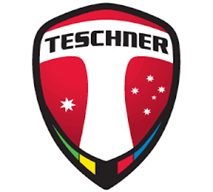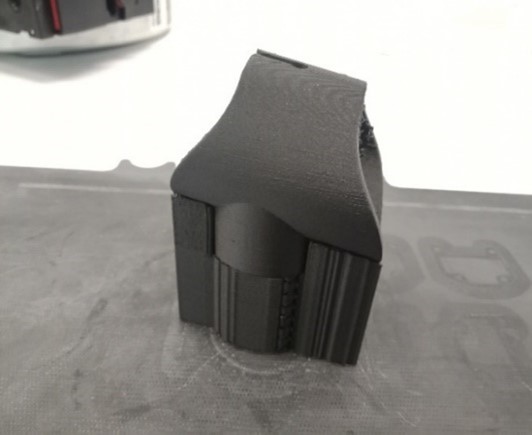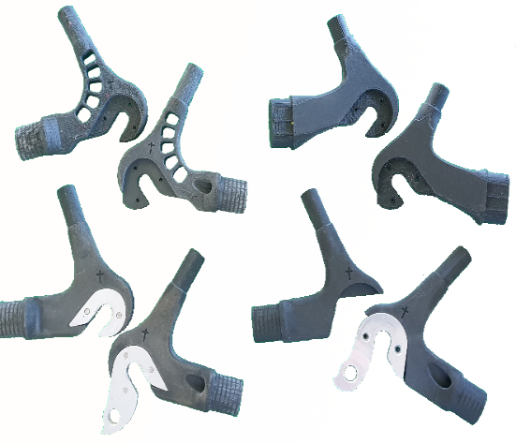Where races are won by as little as 0.001 second, competitive cycle racing is always looking for an advantage. The development of modern manufacturing materials combined with 3D printing is rapidly changing the world of bicycle design and manufacture. 3D printing has changed the way bicycles can be manufactured and the types of the manufacturing materials that can be used.
 Teschner Bikes had been experimenting with metal 3D prints of the same components, and found the carbon fibre versions were lighter, which is key in cycling. A collaborative project between the University of South Australia’s Industry 4.0 Testlab and Teschner Bikes is looking at the application and associated benefits of utilising 3D printing carbon fibre components in the bicycle industry. Initially specializing in sleeves and dropouts, Teschner Bikes are seeking to produce lightweight but very strong components that will connect to specialty carbon fibre tubing to form the frame of the bicycle.
Teschner Bikes had been experimenting with metal 3D prints of the same components, and found the carbon fibre versions were lighter, which is key in cycling. A collaborative project between the University of South Australia’s Industry 4.0 Testlab and Teschner Bikes is looking at the application and associated benefits of utilising 3D printing carbon fibre components in the bicycle industry. Initially specializing in sleeves and dropouts, Teschner Bikes are seeking to produce lightweight but very strong components that will connect to specialty carbon fibre tubing to form the frame of the bicycle.

3D Printed Bike Part
3D Printing was the only way to produce these complex parts efficiently, with high strength yet light weight. The aim was to produce a bike frame under one kilogram. The parts made in the Testlab utilised Markforged’s Mark Two 3D printer, using onyx carbon fibre filament, and continuous carbon fibre strands. Isotropic fibre layout was used to give the parts uniform strength regardless of direction, reducing the typical failure of printed parts across the layers. The parts had solid infill, and fibre of almost every layer. The stiffness of these parts is similar to aluminium but is only a fraction of the weight. Prototypes were used to tune the best settings, and the designs were optimised to take advantage of the continuous carbon fibre layouts required.

3D Printed Bike Dropouts
The design of these components can be altered at any time and through a sequential design process a final product is produced that can be tested to assess the strength of the products at the TestLab facility. Where races are won by mm’s, customizable design and personalised fitting as well as the utilisation of modern materials and 3D printing may give athletes a competitive difference.
See more of our Industry Case Studies
PARTNER WITH US
We invite you to contact us to explore an opportunity and develop an exciting,
mutually beneficial and multifaceted relationship with you and your company.



